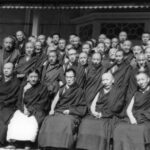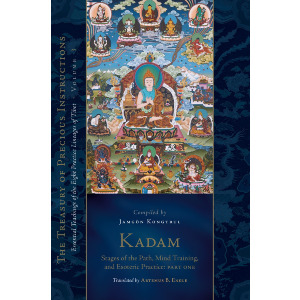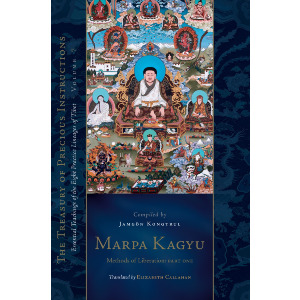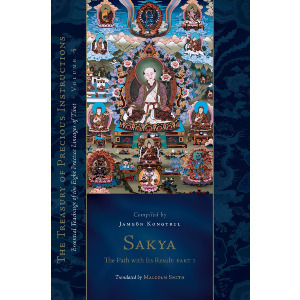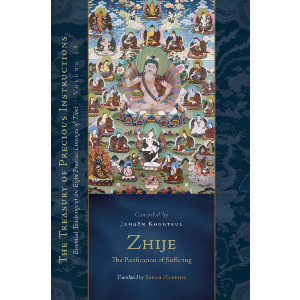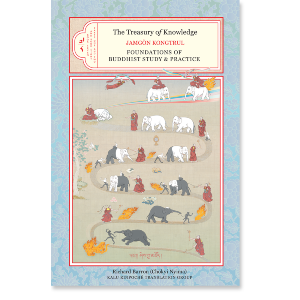Being identified with one of the four orders—Geluk, Kagyu, Nyingma, or Sakya—may say less about one’s practices than we think, according to Ngawang Zangpo, translator of Jamgon Kongtrul’s The Treasury of Knowledge: Books 2-4: Buddhism’s Journey to Tibet, in this adaptation from his translator’s postscript.
The four orders of Tibetan Buddhism are, simply put, institutions—containers that house diverse scriptural transmissions and lineages of meditation techniques. The institutions were likely founded with the intent to preserve and promote specific scriptures and meditations, yet those institutions’ missions invariably evolved over the centuries. For example, while Tilopa, Naropa, Marpa, and Milarepa—non-monks all—might view with astonishment the many Kagyu monastic networks erected in their name, Gampopa, Dusum Kyenpa, Pamo Drupa, and the others who founded those networks might be equally amazed at their modern content. What a strictly Kagyu practitioner learns today as the lineage’s core curriculum of theory and practice would hardly have been considered kosher in the founding fathers’ day.
To identify anyone as affiliated with one of the four orders is fair—we all start somewhere. In Kalu Rinpoché’s case, he joined a Kagyu monastery during his adolescence and he would sometimes add the prefix “Karma” to his name in veneration of the Karmapa and his lineage. Nevertheless, after his early training, his three-year retreat course consisted of mostly non-Karma Kagyu meditations, and in his post-retreat-graduate period of education and meditation, he seems to have treated Tibetan Buddhism as a self-serve buffet from which he slowly but surely tried and savored just about everything. Some of us had the impression that at some point he reached the end of the path, about which he was fond of saying, “There is no such thing as a Nyingma, Sakya, Kagyu, or Géluk enlightenment, just enlightenment.” He worked tirelessly to give back to the institutions, mainly Kagyu, that had given him so much over the years, but he found it tiresome and limiting to be regarded as a Kagyu Buddha, even among a stellar group of other equally misidentified Kagyu, Nyingma, Sakya, and Géluk buddhas.
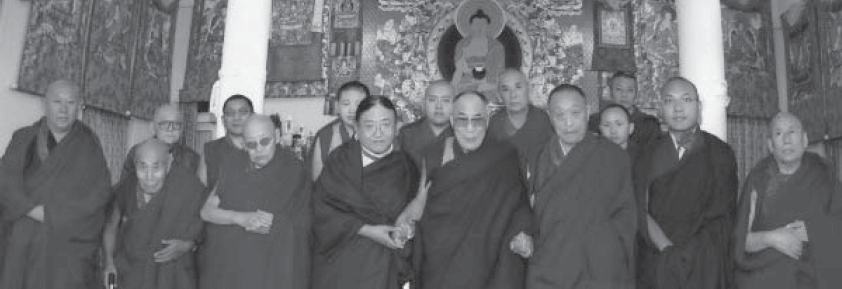

Among “organized religions,” Buddhism is the least organized, but I do not mean to suggest that its Tibetan strain has descended into chaos and anarchy. Yet if one is only armed with the organizing principle of “four orders,” one will soon be confronted with many inconvenient facts of lived faith that are clearly incompatible with that framework. If one instead learns and retains the eight lineage template, everything that may have seemed incongruous and haphazard in Himalayan meditation practice can be understood as part of a larger, coherent system. It is this system that Kongtrul introduces to us here, to the detriment of the four-order scheme, which does not merit a single explicit mention in this chapter.
The four-order scheme can be useful as long as its field of usage is identified and that it is wielded gently and mindfully. It is not a precision instrument. My personal preference is to mentally adopt the Chinese names for the four Tibetan orders. In the place of our transliterated Tibetan names—Nyingma, Sakya, Kagyu, and Géluk—the Chinese use their own words for the four: red, multicolored, white, and yellow. These terms seem like code, and they are in fact ingenious in that they identify all we can know for sure without further enquiry concerning any specific monastery: the color of its exterior walls. (To explain “multicolored,” Sakyas paint a single horizontal, multicolored stripe around their buildings.) When I meet a Nyingma, all I can safely assume about her is that she and her spiritual community gather to learn, reflect, meditate, and worship in a red building; if Géluk, in a yellow one. That system has the virtues of simplicity, ease of use, and accuracy, but I don’t expect it to gain any currency: we are not yet close enough to Tibet to comfortably call things by our own names.
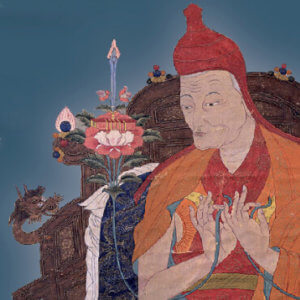
Ngawang Zangpo (Hugh Leslie Thompson) completed two three-year retreats under the direction of the late Kalu Rinpoche. He is presently working on a number of translation projects that were initiated under the direction of Chadral Rinpoche and Lama Tharchin Rinpoche. He has also contributed to Kalu Rinpoche's translation group's books Myriad Worlds and Buddhist Ethics.

